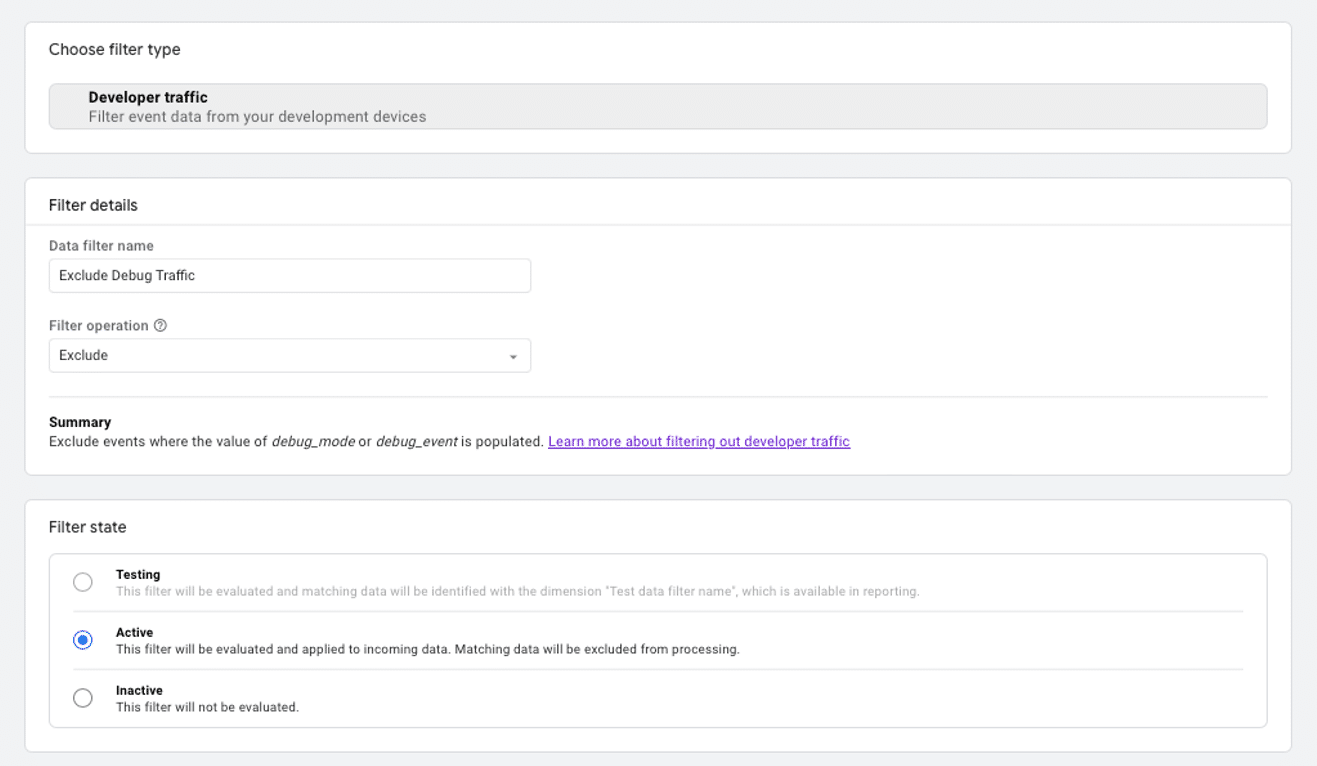Mastering Your Google Analytics 4 Configuration
Google recently retired its juggernaut of an analytics product, Universal Analytics 3. The replacement – GA4 – has been challenging for many as the new product is radically different in its configuration and reporting. Fortunately, we are here to help.
Hopefully, you have made the switch well before June 30th, when UA3 was phased out. With the new interface, a lot is missing, and you may wonder if all your data is loading properly in GA4.
Here are five tips I often see when reviewing a new Google Analytics 4 configuration that can improve how you collect and use data:
1. Extend User and Event Data Retention
Google defaults user data retention and event data to 2 months in the data stream settings. This can be extended to 14 months by changing the setting in the Administration section under Data Settings, Data Retention.
Extending this to 14 months works for most businesses, as most look at year-over-year data comparisons. If your company wants to look beyond a year of user and event data, there are options with BigQuery to buy data storage space from Google. The days of years and years of free analytics data storage are gone, meaning you have to either back up your data or buy storage if you want retention beyond the 14-month limit.
2. Remove Unwanted Referrals
Keeping your data as informative as possible to make key decisions is important, especially when you want to find out what sources drove purchases or key event goals. Sometimes this can get clouded when a referral is attributed as the conversion source when it is just a redirected payment method.
A lot of sites use PayPal as a payment source. However, if you haven’t configured unwanted domain referrals properly, your data will show PayPal as the source of a purchase when it was only supposed to handle payment processing. To avoid this, there is a setting in the data stream section that needs to be set.
Go to the data stream and select each data stream and click the Configure Tag Settings. Click Show All on the screen and locate List Unwanted Referrals. While in this section, add a referral domain that contains “Paypal.” This will exclude PayPal payments that return to your website after they are processed as being the referral source.
Follow this for other referral attribution situations.
3. Exclude Debug Testing
You and your team will want to run tests in debug mode to confirm analytics is working properly, but you likely don’t want those tests to appear within your site visitor and site purchase data. The way to exclude debug traffic is to create an exclusion data filter.
Creating a filter to exclude debug data is easy. Simply go to the Admin section under Data Settings and click Data Filters. From the Data Filters screen, click the Create Filter button and add a filter for developer traffic. Follow the settings below to exclude debug testing data from your analytics.

4. Visit the Library For More Knowledge
What happened to all your reports?
Reporting has dramatically changed in GA4 vs UA3. While confusing at first, GA4 is highly configurable and allows you to set up your menus and reports the way you prefer. All of this is available in the Library section of Reports.
The library allows you to configure different menu options for reporting. Each collection can be customized and labeled any way you want it. For example, if you want to put several transactional links into one collection it’s easy to add.
Google also gives you some default collections like Business Objectives, Life Cycle, and User to add easily to the reporting menu. User is beneficial if you want to know who is visiting your site showing details about demographics and what technology devices people use when they visit.
5. Don’t Forget Search Console
Knowing how your customers found you is important when determining how effectively your site content is working. It’s also a great way to inform paid search efforts.
Google Search Console is a separate Google product that you’ll need to configure for your site. Once you have, you can add the Search Console data to GA4. To do this, visit the Product Links in the Admin section and connect GA4 with Google Search Console.
To see that data in your reports section, visit Reports and click the Library section. You will see an option for Search Console once you have Google Search Console configured. Add this Collection by publishing it to your reporting.
Google Analytics 4 takes some getting used to. Some nice improvements in GA4 make it easier to customize your experience and data layout. There are also a lot of headaches as connecting e-commerce events is not obvious and can be painful depending on the e-commerce platform you use.
Hopefully, these tips get you more familiar with GA4 and put you on the path to becoming a power user of this new way of data collection analysis.




